The Fallout From Ukraine
Russia and Ukraine represent only a tiny portion of U.S. trade directly, but the impact of the invasion (and sanctions) is being felt by consumers here.
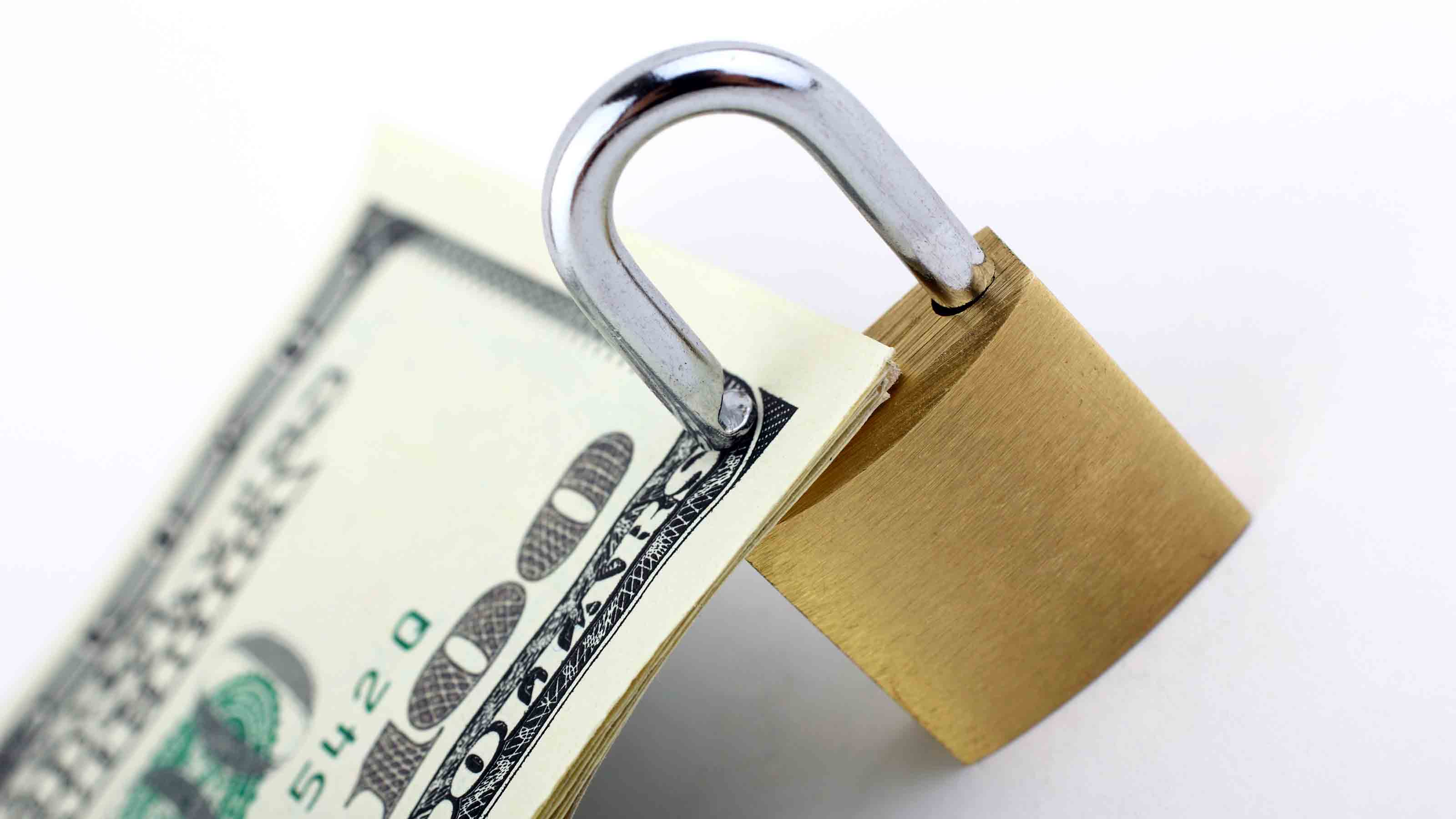

You don’t need us to tell you that Russia’s invasion of Ukraine—and Western sanctions on Russia—are playing havoc with your finances. You’re reminded of the pain afflicting your pocketbook every time you fill your gas tank. But the impact doesn’t end there. Americans are spending more at the supermarket, mortgage rates are higher, and investors have experienced big losses in their portfolios
Sanctions on Russia will exacerbate already high inflation, which reached 7.9% in February. Russia’s main contributions to the world economy are commodities—oil, gas, wheat, nickel, aluminum, palladium. To the extent that sanctions cut off those exports, prices will climb still higher. For the global economy, this is the biggest hit since the onset of COVID-19. How bad will it get?
The Hit to Household Budgets
The average price of a gallon of regular gas breached $4 in early March, and gas prices were quickly heading higher. To add even more price pressure, on March 8, President Biden said he was banning all imports of oil and natural gas from Russia. The United Kingdom also announced a ban on all Russian oil products by the end of the year. European Union officials unveiled a separate plan to cut Russian gas imports by about two-thirds this year. Replacing all those lost barrels of Russian oil and refined fuels probably can’t be done, at least in the near term, because Russia is the world’s third-largest oil producer after the U.S. and Saudi Arabia.
From just $107.88 $24.99 for Kiplinger Personal Finance
Become a smarter, better informed investor. Subscribe from just $107.88 $24.99, plus get up to 4 Special Issues

Sign up for Kiplinger’s Free Newsletters
Profit and prosper with the best of expert advice on investing, taxes, retirement, personal finance and more - straight to your e-mail.
Profit and prosper with the best of expert advice - straight to your e-mail.
How high will the price at the pump go? No one knows for sure, but count on it rising further. Continued gains in crude oil and gasoline futures contracts will keep filtering through to the gas pump. Prices have surpassed AAA’s record average high of $4.11 per gallon, set in 2008—although to top the 2008 high in today’s (inflation-adjusted) dollars, the national average price for regular unleaded would have to reach $5.25 per gallon. But if the conflict in Ukraine continues to worsen, and oil prices keep rising as a result of it, that figure could be in play this spring.
Some food prices have also spiked, and they will continue to. Russia and Ukraine together account for about 20% of global corn exports and 25% of wheat exports, as well as the vast majority of the world’s sunflower oil. Russia is also a top supplier of fertilizer.
What the Ukraine War Means to Your Investments
Stocks have gone up and down—but mostly down—since the invasion. In late February, the broad stock market, as measured by the S&P 500 index, fell into correction territory (typically defined as a drop of 10% to up to 20%) for the first time since 2020, and by early March, as Vladimir Putin’s troops made greater incursions into Ukraine and captured nuclear facilities, the tech-heavy Nasdaq entered a bear market—more than 20% off its peak.
But stock investors would be wise to keep calm and carry on, market strategists say. History shows stocks usually take global saber-rattling events in stride. And a well-maintained portfolio should weather such storms over the long haul, especially if you remain patient while also taking advantage of the opportunities that the market offers.
Inflation Will Be Hard to Avoid
For the Federal Reserve, a tough job just got a lot tougher. Rising energy and agricultural prices exacerbate worries about inflation—a top-of-mind anxiety for Main Street, Wall Street and the Federal Reserve alike. The Fed needs to rein in already-high inflation, which would mean raising interest rates aggressively to counteract the inflationary effects of the Ukraine invasion. But the central bank might be loath to raise rates too quickly, especially during times of geopolitical turmoil, lest it choke off economic growth and push the U.S. into a recession. Kiplinger expects the Fed to lift rates, but more cautiously than it had intended. That raises the risk of even worse inflation in coming months.
Look for U.S. inflation to stay higher for longer than initially expected, ending the year at a still-high 6.5%. Food and energy will likely be the main culprits.
Profit and prosper with the best of Kiplinger's advice on investing, taxes, retirement, personal finance and much more. Delivered daily. Enter your email in the box and click Sign Me Up.

Mark was the editor of Kiplinger's Personal Finance magazine from July 2017 to June 2023. Prior to becoming editor, he was the Money and Living sections editor and, before that, the automotive writer. He has also been editor of Kiplinger.com as well as the magazine's managing editor, assistant managing editor and chief copy editor. Mark has also served as president of the Washington Automotive Press Association. In 1990 he was nominated for a National Magazine Award. Mark earned a B.A. from University of Virginia and an M.A. in Writing from Johns Hopkins University. Mark lives in Washington, D.C., with his wife, and they spend as much time as possible in their Glen Arbor, Mich., vacation home.
-
 AI Appliances Aren’t Exciting Buyers…Yet
AI Appliances Aren’t Exciting Buyers…YetThe Kiplinger Letter Artificial intelligence is being embedded into all sorts of appliances. Now sellers need to get customers to care about AI-powered laundry.
-
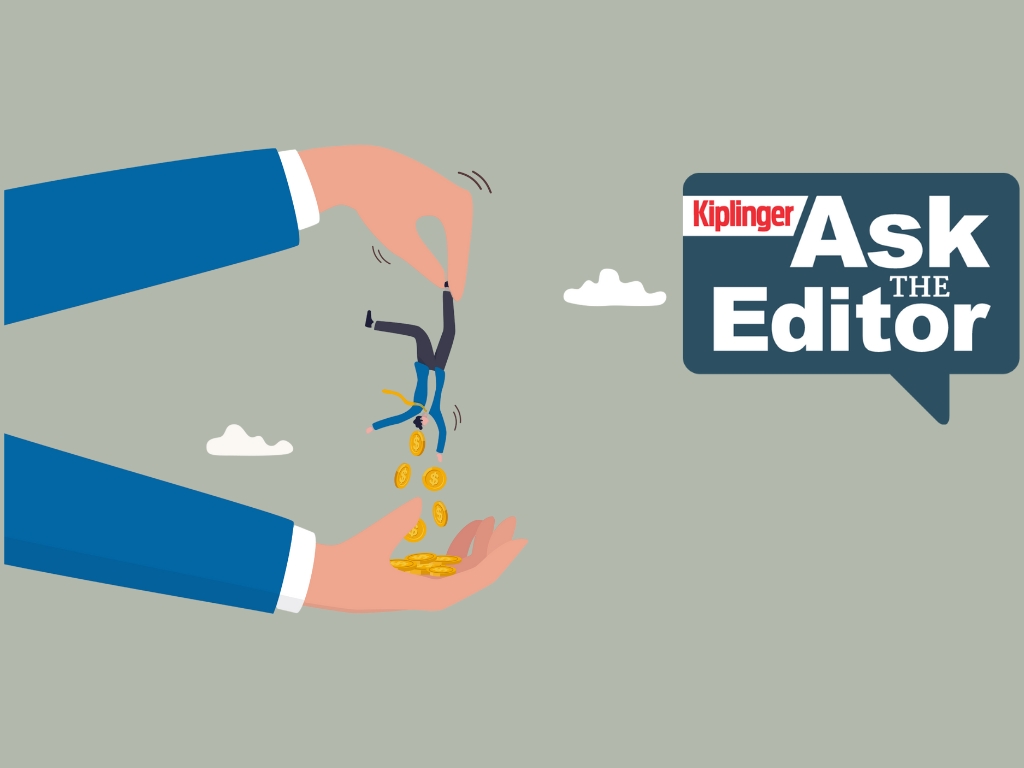 Ask the Editor: IRAs, 401(k)s and RMDs
Ask the Editor: IRAs, 401(k)s and RMDsAsk the Editor In this week's Ask the Editor Q&A, Joy Taylor answers questions on IRAs, 401(k)s and required minimum distributions
-
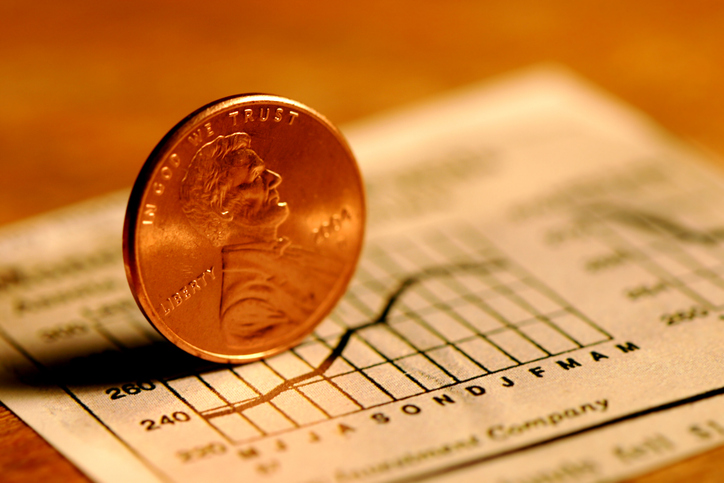 Got $100 to Gamble? These Penny Stocks Could Be Worth the Ride
Got $100 to Gamble? These Penny Stocks Could Be Worth the RideVolatile penny stocks are high-risk plays with potentially high rewards. If you have $100 you can afford to lose, these three names are worth a look.
-
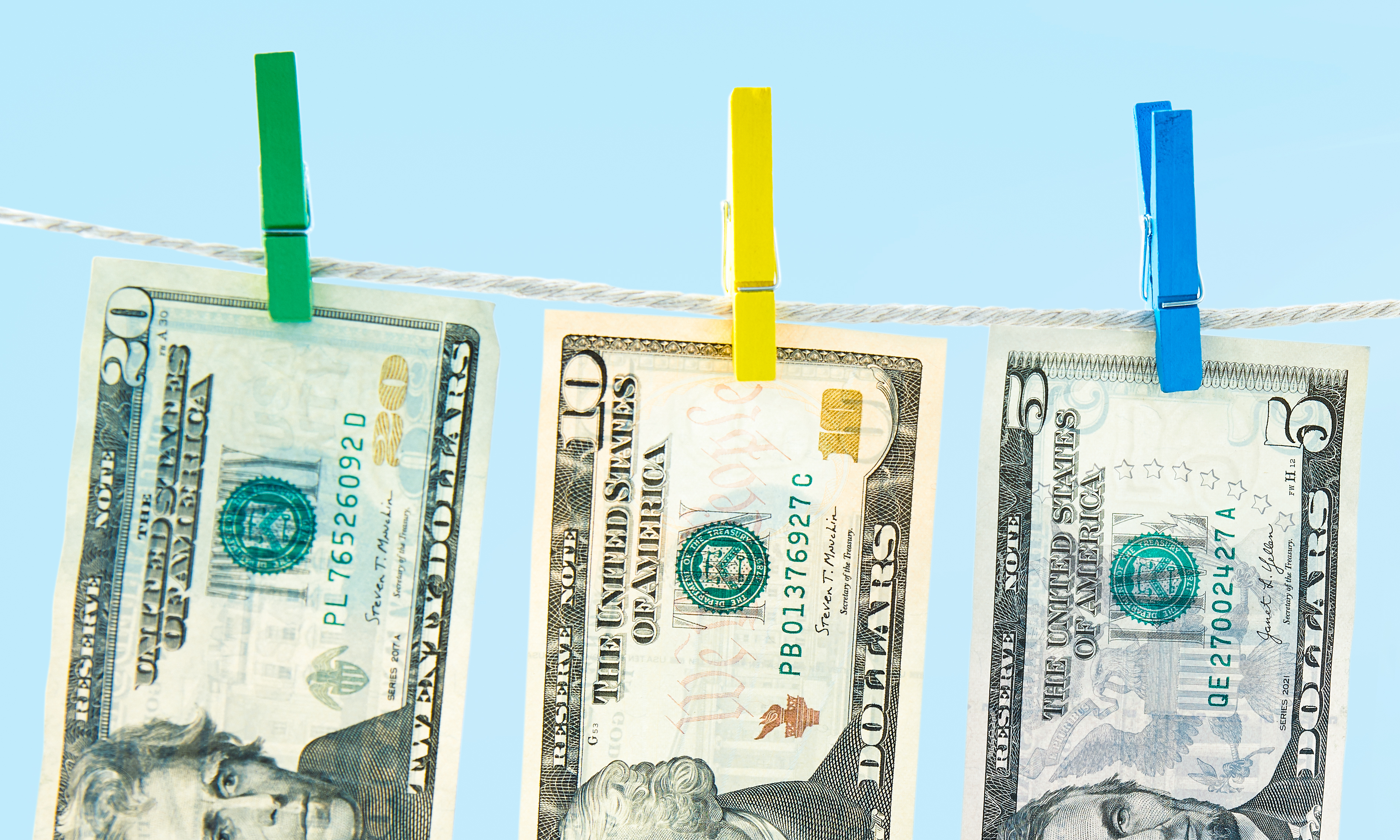 Money for Your Kids? Three Ways Trump's ‘Big Beautiful Bill’ Impacts Your Child's Finances
Money for Your Kids? Three Ways Trump's ‘Big Beautiful Bill’ Impacts Your Child's FinancesTax Tips The Trump tax bill could help your child with future education and homebuying costs. Here’s how.
-
 Key 2025 Tax Changes for Parents in Trump's Megabill
Key 2025 Tax Changes for Parents in Trump's MegabillTax Changes Are you a parent? The so-called ‘One Big Beautiful Bill’ (OBBB) impacts several key tax incentives that can affect your family this year and beyond.
-
 Amazon Resale: Where Amazon Prime Returns Become Your Online Bargains
Amazon Resale: Where Amazon Prime Returns Become Your Online BargainsFeature Amazon Resale products may have some imperfections, but that often leads to wildly discounted prices.
-
 What Does Medicare Not Cover? Eight Things You Should Know
What Does Medicare Not Cover? Eight Things You Should KnowMedicare Part A and Part B leave gaps in your healthcare coverage. But Medicare Advantage has problems, too.
-
 Roth IRA Contribution Limits for 2026
Roth IRA Contribution Limits for 2026Roth IRAs Roth IRAs allow you to save for retirement with after-tax dollars while you're working, and then withdraw those contributions and earnings tax-free when you retire. Here's a look at 2026 limits and income-based phaseouts.
-
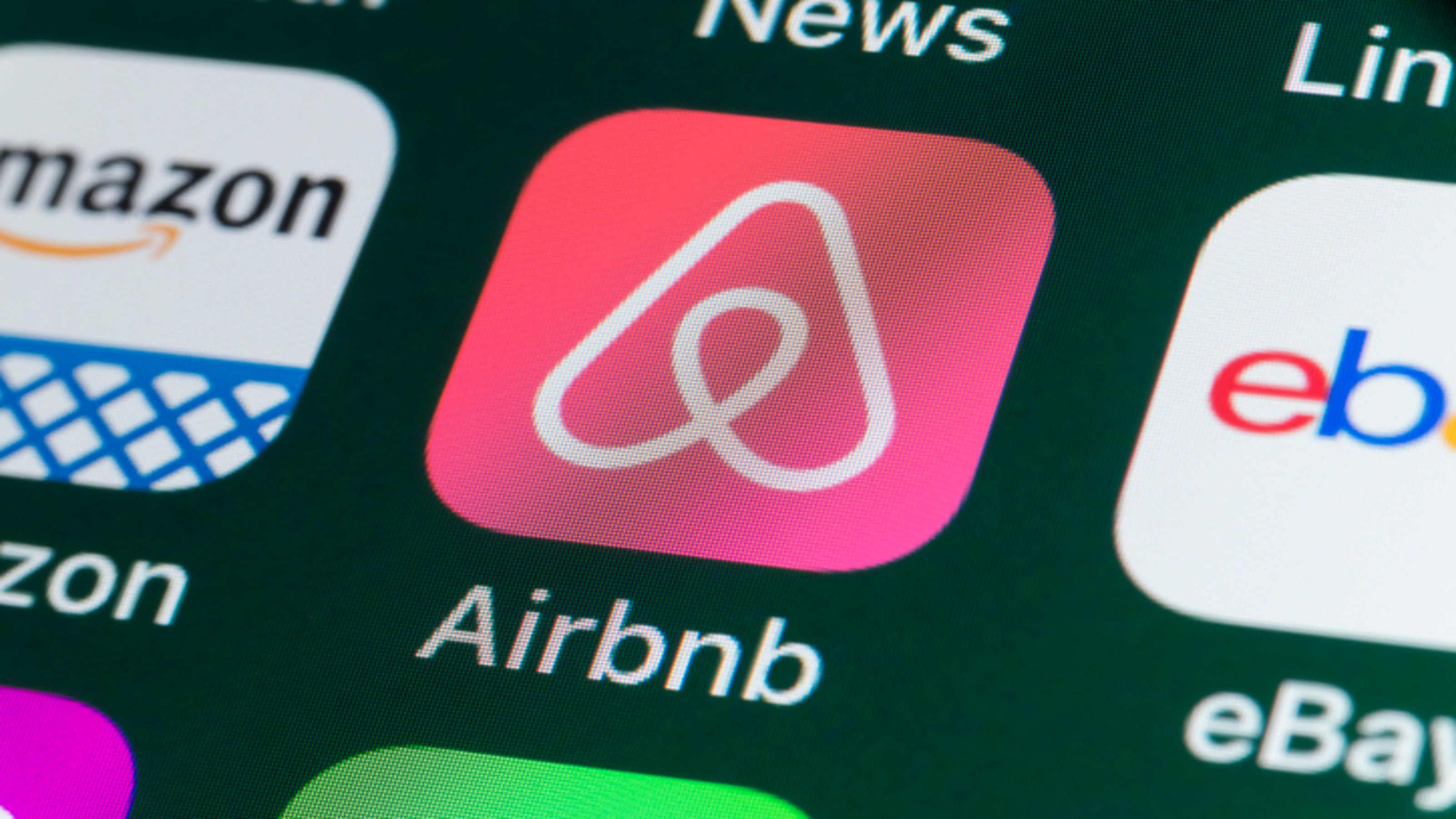 Four Tips for Renting Out Your Home on Airbnb
Four Tips for Renting Out Your Home on Airbnbreal estate Here's what you should know before listing your home on Airbnb.
-
 Five Ways to a Cheap Last-Minute Vacation
Five Ways to a Cheap Last-Minute VacationTravel It is possible to pull off a cheap last-minute vacation. Here are some tips to make it happen.
-
 How Much Life Insurance Do You Need?
How Much Life Insurance Do You Need?insurance When assessing how much life insurance you need, take a systematic approach instead of relying on rules of thumb.